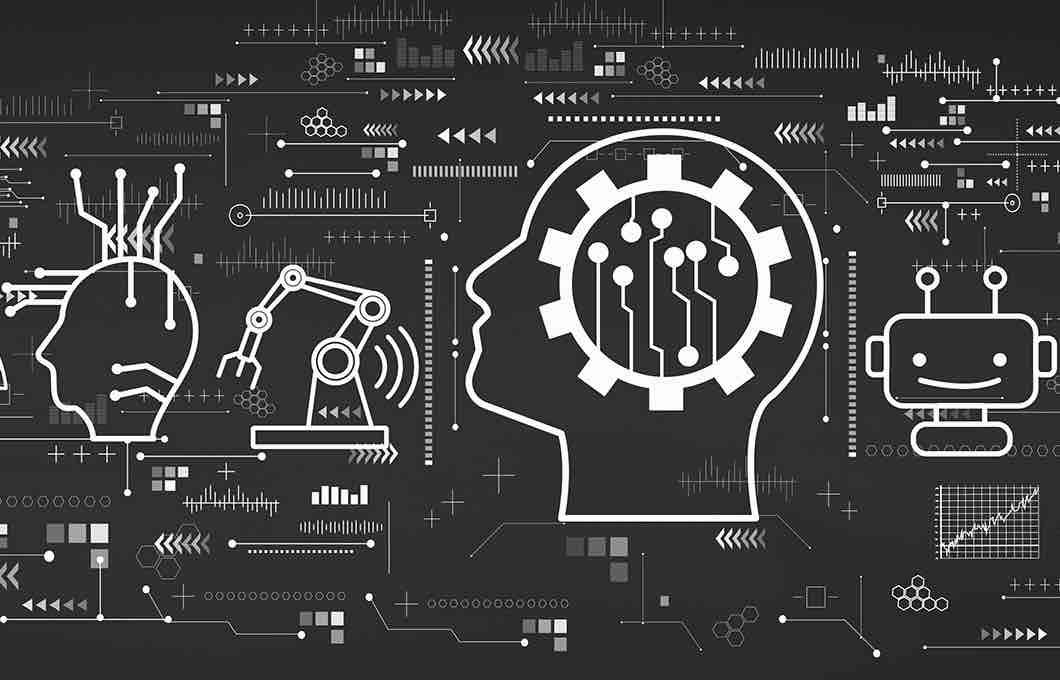Rise by Six: Your Daily Dose of Inspiration
Explore insights and stories that elevate your day.
A Day in the Life of a Machine Learning Model
Discover the captivating journey of a machine learning model, from training to real-world impact—uncover the secrets of AI in action!
Understanding the Journey: How a Machine Learning Model is Trained
Understanding the journey of how a machine learning model is trained is crucial for grasping the full potential of artificial intelligence. The training process typically begins with the collection of a large dataset, which serves as the foundation for the model. This dataset is then preprocessed to eliminate noise and to ensure that the data is clean and relevant. After preprocessing, the data is split into two main subsets: the training set and the validation set. The training set is used to teach the model, while the validation set evaluates its performance, allowing developers to adjust parameters and avoid overfitting.
Once the data is prepared, the actual training starts by inputting the training data into the model, which uses algorithms to learn patterns and relationships within the data. During this process, various machine learning algorithms such as supervised, unsupervised, or reinforcement learning can be applied, depending on the desired outcome. As the model makes predictions, it compares them against the known outcomes in the training set and subtracts the errors to minimize loss. This iterative process continues until the model reaches an optimal level of accuracy, ensuring it can make reliable predictions when presented with new, unseen data.

From Data to Decisions: A Day in the Life of a Machine Learning Model
In today's data-driven world, machine learning models play a crucial role in transforming vast amounts of data into actionable insights. Each day, these models ingest data from various sources, whether it's user interactions, sensor readings, or financial transactions. As they process this information, they identify patterns and trends that human analysts might overlook. This phase, often referred to as the training phase, is essential for the model to learn and adapt to the data's underlying structure. Through algorithms and statistical methods, the model updates its parameters to improve accuracy and make better predictions.
Once the training phase is complete, the model enters the inference phase, where it is put to the test. Here, it applies its learned knowledge to new data to generate predictions or classifications. For instance, a model designed for email filtering will analyze incoming messages to determine whether they are spam or not. As the day unfolds, the model continuously evaluates its performance by comparing its predictions to actual outcomes, providing feedback that drives further improvements. This cycle of data collection, processing, and decision-making not only enhances the model's accuracy but also ensures it remains relevant in a dynamic environment.
What Happens Behind the Scenes of a Machine Learning Model's Daily Routine?
Every day, a machine learning model goes through a meticulously structured routine to ensure optimal performance and accuracy. Training data is collected and prepared, often requiring extensive preprocessing to clean and standardize the information. This preprocessing may include tasks like normalization, which scales the data, or feature extraction, where relevant attributes are identified. Once the data is ready, it is split into training, validation, and test sets, allowing the model to learn patterns without overfitting, which can drastically reduce its effectiveness. Ensuring that the model receives quality data is crucial for its daily function and long-term success.
After the initial training, a continuous feedback loop is established to refine the model’s performance. Each day, new input data is fed into the model, and its predictions are evaluated against actual outcomes. The discrepancies—usually referred to as errors or losses—are then analyzed, and adjustments are made to the model's parameters to enhance its predictive capabilities. This iterative process not only helps in fine-tuning the existing model but also informs the development of new algorithms and techniques. As the machine learning landscape continuously evolves, so does the model's routine, ensuring adaptability and sustained excellence in addressing challenges.